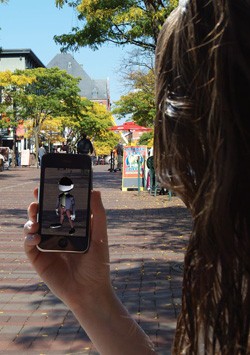
- An augmented reality sculpture
I’ll admit it: I’m an unabashed sci-fi fan. Whenever my wife and daughter go to bed early, I pore through the science-fiction roster on Netflix, searching for classic gems such as Minority Report, RoboCop, Avatar or Terminator to satisfy my techno-jones.
What do these films have in common, other than the fact that my wife won’t watch them with me again? Each of them offers a peek into a technology that has already evolved from fiction to fact: augmented reality, or AR. Attendees at this week’s Vermont Tech Jam, Friday and Saturday in the former Borders bookstore on Church Street, will get to see a live demonstration, in the form of a virtual sculpture installation, thanks to some faculty and students at Champlain College.
So, what is augmented reality? Simply put, it’s a method of layering digital information and virtual images, such as logos, websites and three-dimensional designs, on top of the real world. Using the camera, compass, gyroscope and Global Positioning System found in smartphones and e-readers, an augmented-reality application can locate embedded objects, or point a user to the nearest coffeehouse, movie theater, bookstore or subway station. Once you grasp the basic concept of how AR works, it’s easy to imagine all the possibilities of future applications.
Many of those futuristic apps already exist and are instantly downloadable. For example, are you the kind of driver who chronically forgets where you parked? The Augmented Car Finder app records exactly where you leave your car, then leads you back to it later. (If you’ve lost your car keys, you’re on your own.)
Do you ever gaze up at the night sky and wonder, “WTF is that cloudy mess of stars?” An app called StarWalk allows the user to aim an iPad or iPhone at the sky and identify specific constellations, planets and stars.
Other augmented-reality apps can show you the precise distance to the next golf hole, the elevation of a distant mountain, or the year that a gothic cathedral or Masonic temple was built.
Coberlin “Coby” Brownell, who’s both a student and adjunct professor at Champlain College, is currently using that last app, called Layar. He’s working with fellow Champlain instructor Ken Howell and Chris Thompson, curator of the BCA Center in Burlington, to create 3-D AR sculptures around the Queen City. (Download the Layar app and you can see the fighter planes Brownell has “positioned” in Battery Park.)
Brownell, 41, is a real-world sculptor by training who now teaches 3-D computer design. When he and his cohorts heard about this year’s Tech Jam, they thought it would be cool to create an installation that’s virtually limitless in its artistic potential.
“What inspired us was this idea of public sculpture,” Brownell explains. “Could you have a whole show around you that’s invisible unless you have direct access to it?”
Part of the appeal of AR is that a designer can create a 3-D model in virtual space that a viewer can walk around, view from different angles and then click on to obtain more information.
For example, Brownell suggests that the architect who eventually designs the proposed Target store in Williston could potentially create a 3-D architectural rendering of the building’s completed design that could be viewed at its proposed location. Anyone with a smartphone or e-reader could then walk around, and even inside, the store before a single shovel breaks ground. The potential for development review boards — and environmental activists — is limitless.
Another possible application, Brownell says, is to create layers of history around a city. For example, he imagines that, one day, tourists visiting Burlington may be able to point their smartphones at a building on Church Street and instantly call up details of what once stood on that spot, or see an overlaid photo of the building taken 100 years ago. This “virtual Church Street” would allow visitors to interact with the environment and gather historic or architectural details about their surroundings.
“We’re hoping from the Tech Jam that, by showing people a few simple explorations of the technology and ‘What would you do with this?’ people will suggest other cool ideas,” Brownell says.
In the not-too-distant future, an AR facial-recognition app may be used by Burlington emergency personnel to, say, pull up the electronic medical records of an unconscious patient. Or Burlington police may use a similar app to check the rap sheet of a suspect in custody.
To date, much of the AR in Burlington is far less exciting and mostly involves advertisements for local restaurants and stores. And there are plenty of whimsical uses for it. Brownell recalls finding one app that uses facial-recognition software to spot human faces, and then tacks red clown noses on them.
“There’s no real life-changing value to it,” he admits, “but it was pretty entertaining.”
View the augmented reality sculpture installation by visiting the Vermont Tech Jam, Friday and Saturday, October 28 and 29, at the Borders building, 29 Church St., in Burlington. Don’t have a smartphone? Take a guided tour at 2 p.m. on Friday or 11 a.m. on Saturday. Tours meet at the Champlain College MFA in Emergent Media booth.
Outraged, or merely curious, about something? Send your burning question to [email protected].
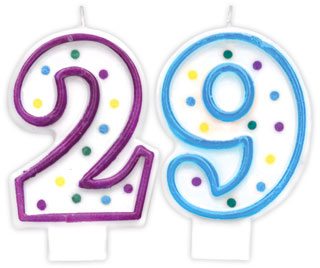






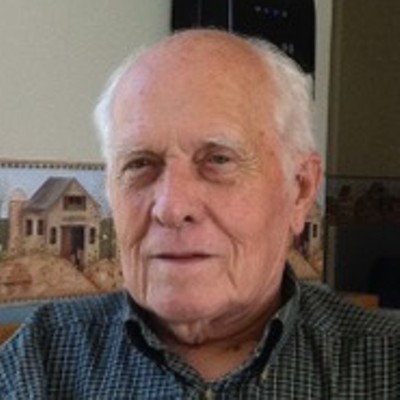
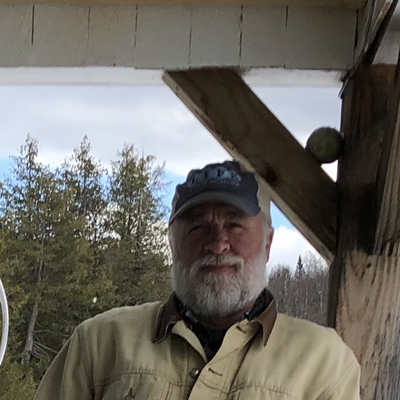
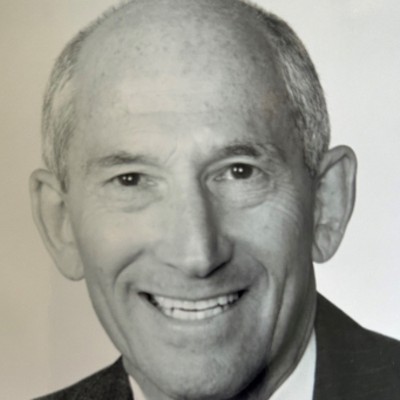
Comments
Comments are closed.
From 2014-2020, Seven Days allowed readers to comment on all stories posted on our website. While we've appreciated the suggestions and insights, right now Seven Days is prioritizing our core mission — producing high-quality, responsible local journalism — over moderating online debates between readers.
To criticize, correct or praise our reporting, please send us a letter to the editor or send us a tip. We’ll check it out and report the results.
Online comments may return when we have better tech tools for managing them. Thanks for reading.